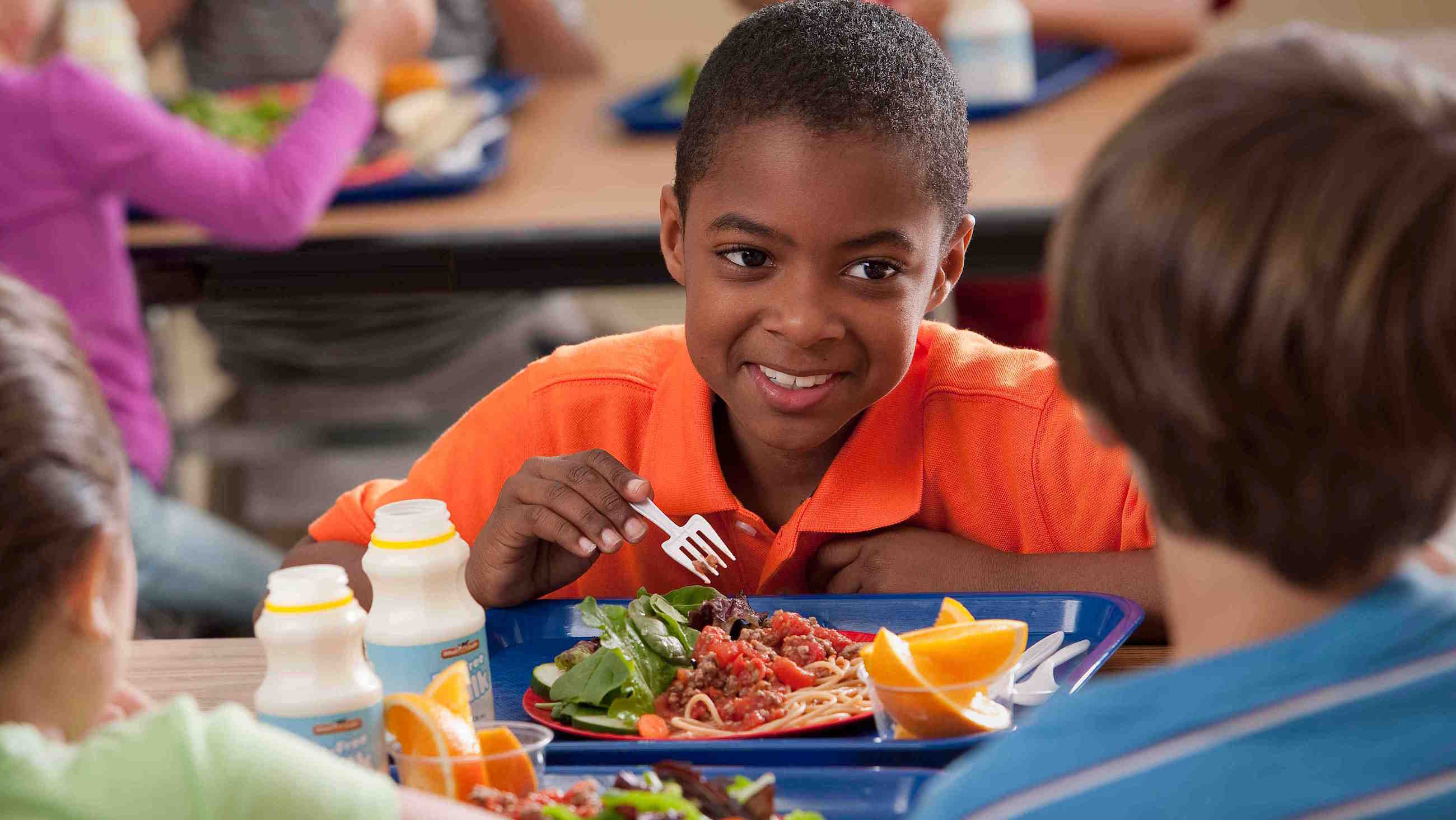An Unsettled Future for Free Meals at School
Millions of kids from homes where food is scarce might welcome the start of school, thanks to government programs that provide them with free or discount breakfast and lunch. But recent proposals to cut federal funds are putting such services in jeopardy, children’s advocates say.

This summer, the House Budget Committee proposed raising the bar for participation in a popular streamlined application process for the discount-meal program. A similar cut was included in a bill approved by the House Committee on Education and the Workforce last year, says Zoë Neuberger, a senior policy analyst at the nonprofit Center on Budget and Policy Priorities. The full House of Representatives never considered that bill, nor was such a cut included in President Trump’s proposed 2018 budget, which targets many social programs. But the threat looms.
“We are concerned about this proposal because it would make it harder for high-poverty schools to offer school meals to their students,” Neuberger says.
A total of 6.4 million American children live in homes where there isn’t always enough to eat without public assistance such as food stamps or a food pantry, according to 2015 U.S. Department of Agriculture statistics.
School meals do more than ease hunger. Research shows that the food improves children’s health and even their grades.
Federal funding for school meals dates to the Great Depression and now is overseen by the USDA’s Food and Nutrition Service. Three years ago, the streamlined application process, called community eligibility, became available nationwide, making it simpler for schools in high-poverty areas to offer free meals to all students.
If a bill limiting that application option became law, more than 8,000 schools with a total of nearly 3.8 million students eligible for free meals would be left in the lurch, according to the nonprofit Food Research & Action Center. Hardest-hit states would include Kentucky, New York, Tennessee, Texas, and West Virginia.
The schools could still apply for reimbursement, but only under time-consuming bureaucratic procedures that would force them to collect individual applications from parents, then separate them into three tiers based on parents’ ability to pay. (Some schools still choose this process.) Parents deemed ineligible for discounts, or only partly eligible, are expected to pay the difference.
A total of 21.6 million low-income kids received free or reduced-price lunches in the 2015-16 academic year, and 12.1 million received free or reduced-price breakfast that year, according to FRAC.
Students in New York City got a break in June when the mayor and city council agreed to cover a gap left by federal and state reimbursements and greatly expand the city’s “universal” free-lunch program. The funding ensures that 84 percent of public school students can get a free lunch, regardless of their family finances, says Liz Accles, executive director of the nonprofit Community Food Advocates. Baltimore, Boston, Chicago, and Detroit have also found ways to ensure free lunches for all or nearly all students.
Free lunch for all can eliminate the shaming of students by their peers or by cafeteria staffers. New Mexico and other states recently addressed retaliation against students whose parents were behind on bills for reduced-price or full-price meals. Some kids have reportedly been expected to sweep the cafeteria, been given cheese sandwiches in place of full meals, or been required to have their hands stamped or wear wristbands. Some cafeteria staff have reportedly thrown away children’s meals in response to lunch debt.
Most schools that offer universal free breakfast and lunch apply for federal funds through the streamlined application process, says Crystal FitzSimons, FRAC’s director of school and out-of-school time programs. “Community eligibility has been a game-changer for high-poverty schools,” she says. “And it has allowed schools to focus on providing healthy and nutritious meals instead of pushing around paperwork.”
Americans like to say that “there’s no free lunch.” But lawmakers looking for savings might think hard about putting thousands of schools in a tough position and allowing children to think that going without food is normal.










Comments are automatically closed one year after article publication. Archived comments are below.
I live in a county in GA where most schools have over 1,000 students each! We have a very high census for free and reduced lunches….85%+ free lunches!
I want to do an after school supper program with a nominal fee for after school care. Most families have to have childcare but said it would be a tremendous help to pay $30 or less for an entire family vs. $65 for one and 10% less per each child. My program focuses on Food education and academic support for the school day with the teacher. It is frustrating to have this potential budget cut looming overhead!
This program is definatly needede some many children dont eat at home and only eat at school.